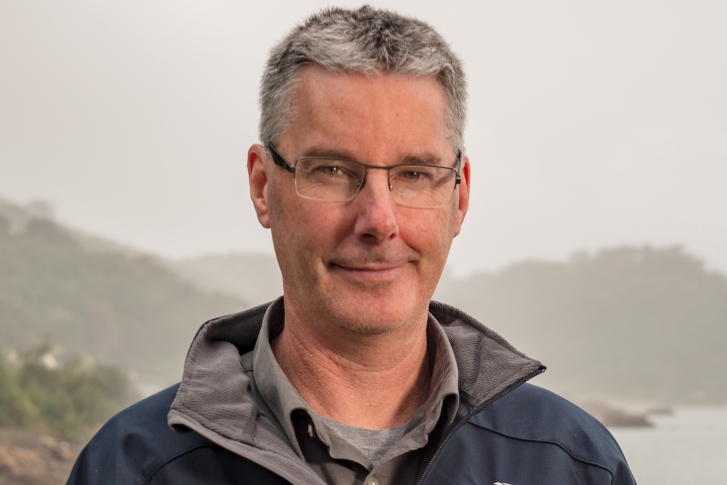A New Zealand first! A multi-disciplinary team of scientists, planners and engineers has created a first-of-its-kind, innovative, custom-made "toolbox" for New Zealand city, district and regional councils to assess the impacts of climate change on urban infrastructure.
New Zealand needs communities that are resilient to climate change and the hazards that come with it. Urban environments are particularly vulnerable to extreme weather and flooding events.
In the forty years up to the recent Canterbury earthquakes, around 75% of the $1.5 billion insurance pay out for damages from natural hazards in New Zealand was weather-related.
"It's the first time a toolbox approach has been used for climate change assessment in New Zealand," says NIWA project leader Dr Andrew Tait. NIWA, in partnership with engineering and environmental consultancy MWH, GNS Science, and BRANZ created this new toolbox.
This unique toolbox is designed to provide guidance and decision tools that can be used by local government staff and central government policy-makers to reduce the potential harm caused by projected climate changes. Prior to the creation of this toolbox, councils had to adapt or search around for tools to make these evaluations. Now it's all in one place!
"We used the toolbox idea because it gives council engineers, managers and planners a logically ordered set of tools, and a consistent approach for incorporating climate change into planning and decision-making in the urban environment," says Dr Tait.
The toolbox follows a multi-disciplinary risk assessment process and provides methods for identification of appropriate adaptation options and evaluating their benefits. Case-studies are also available.
How does the toolbox work?
The purpose of the toolbox is to provide a key reference for councils who are undertaking analyses of the potential effects of climate change on their town or city.
"It's about understanding how current and future hazards might impact your assets and using science-based tools to look at options for reducing the risk."
"Wherever possible, worked-through examples are provided as well as critical sections on data needs, model assumptions and limitations. Climate extremes affect each town or city differently. We are giving councils the ability to refine and assess their specific situation," says Dr Tait.
Each tool is a standalone web-based document, designed to help with a specific task in the end-to-end evaluation process. The tools are grouped in five categories (as shown below) to help the user work through each step of the process:
- Understanding the climate change issues
- Assessing the likely hazard (or change in the hazard)
- Identifying the risks
- Evaluating adaptation options and their costs and benefits
- Using the tools and improving practice.
"A council can use the toolbox to go through this evaluation process. Specific tools in the toolbox can be used to aid and inform decisions on upgrades to flood protection schemes or the size of storm-water pipes, for example," says Dr Tait.
Overview and linkage tools have been included throughout the toolbox, to provide higher-level summaries and "where-to-from-here" guidance. The authors of every tool have been identified and can be contacted directly for more information. A decision framework has been developed that provides for a balanced, flexible and justifiable prioritisation of sustainable adaptations to climate change.
The current level of uncertainty surrounding the timing and geographic location of future climate effects requires this framework to be risk-based.
This research was funded by the Ministry of Science and Innovation.


